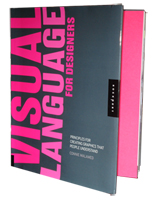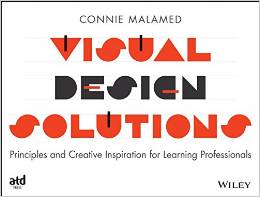
Color is an element of visual language that people process before they are consciously aware of it. It ‘pops out’ at viewers in the early stages of vision. Because color is a potent element of visual communication, we need to think through how and why we are using it. Here are ten reasons why you […]
Interactions are an important part of website design because they engage the user at a deep level. The act of getting physically involved (even if it’s just a mouse click or gesture) can potentially improve cognitive performance. Evidence that the body is intricately tied up with the mind is showing up throughout cognitive research. This […]
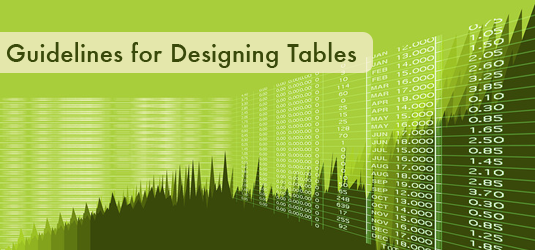
Although no one single visual display is most effective for presenting quantitative data, tables are often an ideal choice when you need to present specific values. Information placed within a grid framework and aesthetically designed for ease of use provides an efficient way for people to look up and compare data.
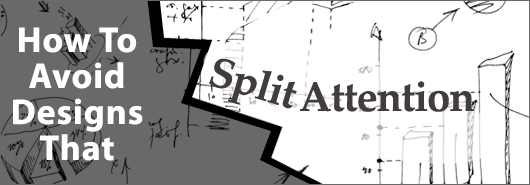
We humans are at the mercy of a phenomenon called the split-attention effect. Many conventional information graphics, animations, visualizations and multimedia presentations demand that viewers simultaneously split their attention between divergent sources of information.
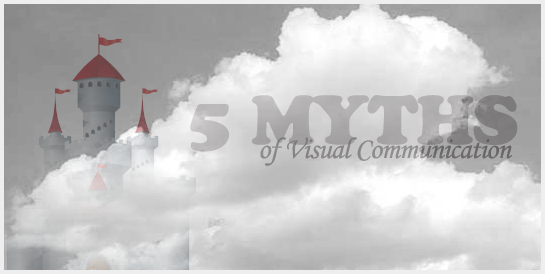
Visual communication is a tricky endeavor, because it involves a language that is only partially understood as well as mysterious and complex brain processes. We have a lot of ideas about how visual communication works, but some are assumptions based on intuition, misinformation or lack of it. Here are a few.
Information graphics give us new ways to understand and think about information. They include a huge category of visuals that are capable of communicating in diverse ways through charts, maps, diagrams, data visualizations and technical, instructional and scientific explanations. It seems that infographics become more valuable as our need to understand a complex world increases.




